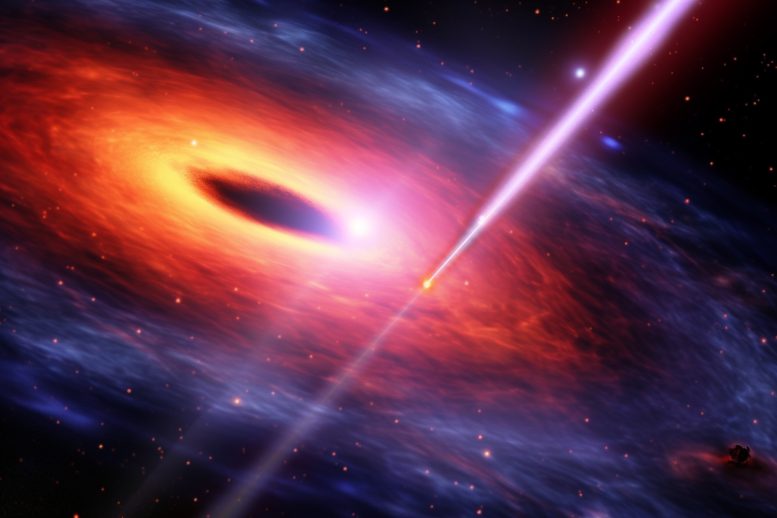
Stars exceeding ten times the mass of the Sun undergo cataclysmic explosions, transforming into black holes, accompanied by brief and unpredictable gamma-ray bursts detectable via space telescopes. Detailed study of these bursts and their associated optical radiation, as seen in 2021’s GRB 210619B, has provided invaluable data about the workings of these star explosions and the conditions they create.
They also discovered a bright optical emission.
Joseph Shklovsky, one of the pioneers of modern astrophysics, posited that a star’s existence is an eternal struggle between two conflicting forces: gravity, which endeavors to shrink the star, and the opposing gas pressure that seeks to disperse it. When the thermonuclear reactions that fuel the star’s core cease, the star loses its capacity to maintain balance and begins to collapse into a singular point.
This scenario, when it occurs to a star whose mass surpasses ten times the mass of our Sun, results in the core’s contraction and the explosive disruption of the outer shell. This leads to an extraordinarily powerful explosion on a galactic scale. This is how the most massive stars transform into black holes.
These explosions are accompanied by an intense burst of gamma radiation — a stream of photons carrying energy millions of times greater than the quanta of visible light we are familiar with.
A gamma-ray burst is an extremely brief — with a duration ranging from a fraction of a second to several hundred seconds — and unpredictable event. There is no way to anticipate the precise location within the skies and the exact timing of a gamma-ray burst. Furthermore, since the Earth’s atmosphere blocks gamma radiation, gamma-ray bursts can only be detected by using space telescopes.
Gamma-ray bursts have been recorded since the late 1960s. For many years, scientists only recorded gamma radiation invisible to the human eye. However, there were suggestions that these bursts might be accompanied by optical radiation that is observable from Earth. Indeed, it was observed for the first time on January 23rd, 1999.
To enable the rapid detection of optical radiation, scientists have developed robotic telescopes which have the capability to gather real-time data directly from the location of the burst. On June 20th, 2021, GRB 210619B, one of the most powerful gamma-ray bursts documented to date was observed using telescopes located in the Czech Republic and Spain, as well as the Russian Mini-MegaTORTORA system owned by Kazan Federal University and located in the North Caucasus. The telescopes began recording the luminous afterglow 28 seconds after the gamma-ray flash. The data acquired simultaneously from three telescopes made it possible to reconstruct the overall shape of the light curve, the slope of the optical spectrum at different times, and the early multiband evolution of the optical radiation.
“We were lucky. First, we observed a fairly bright afterglow. Second, we observed it with a high temporal resolution by capturing frames at a frequent rate. Third, we obtained information about the spectrum of optical radiation. In the Mini-MegaTORTORA system, we were able to conduct observations using a set of optical filters, including blue and visible (yellow-green), simultaneously. In other words, we measured not only the overall brightness but also the brightness displayed in specific individual colors. This is a rare, virtually unique case,” says Anton Biryukov, co-author of the study, Associate Professor of the HSE Faculty of Physics.
The availability of detailed data on radiation across various wavebands, including the optical range, made it possible to determine the physical parameters of the medium associated with the gamma-ray burst in the region where the optical radiation originated. “The extensive dataset obtained by the group enabled us to investigate the inner workings of the gamma-ray burst phenomenon. It was akin to surgically dissecting a gamma-ray burst and peering into its inner mechanism: examining the particles in motion, their energy levels, the density of the surrounding medium, and the characteristics of the magnetic fields involved,” the scientist explained.
The study authors concluded that the luminous phenomenon observed during a gamma-ray burst arises from the motion of high-energy charged particles, which exhibit velocities almost indistinguishable from the speed of light, within a rarefied medium characterized by a powerful magnetic field.
“Gamma-ray bursts are like beacons from the early universe. We record these phenomena at distances spanning several billion light-years. These rare sources provide us with an opportunity to learn about the workings of stars billions of years ago and how their existence ended, to explore the interstellar environment that enveloped them, such as the composition and quantity of interstellar gas, and how it interacted with the stellar ejecta,” explains Biryukov.
But studying gamma-ray bursts does more than expand our knowledge about the most massive distant stars. From a fundamental physics perspective, gamma-ray bursts serve as natural physics laboratories that manifest the most extreme conditions imaginable, encompassing ultra-high energies, velocities, densities, and gravitational forces. It is within these states that scientists can test the physical theories available to humankind.
“Physicists are well aware that the existing fundamental theories describing the world, such as the theory of relativity and quantum mechanics, have their inherent limits of applicability. These limits can only be experimentally determined, and a gamma-ray burst serves as a natural experiment. However, detecting these limits is not an easy task. Continuing observations and striving to comprehensively describe as many similar events as possible is crucial for accumulating an adequate amount of information. But this pursuit aligns well with the natural progression of scientific knowledge,” claims Andrey Biryukov.
Reference: “Exceptionally bright optical emission from a rare and distant gamma-ray burst” by Gor Oganesyan, Sergey Karpov, Om Sharan Salafia, Martin Jelínek, Gregory Beskin, Samuele Ronchini, Biswajit Banerjee, Marica Branchesi, Jan Štrobl, Cyril Polášek, René Hudec, Eugeny Ivanov, Elena Katkova, Alexey Perkov, Anton Biryukov, Nadezhda Lyapsina, Vyacheslav Sasyuk, Martin Mašek, Petr Janeček, Jan Ebr, Jakub Juryšek, Ronan Cunniffe and Michael Prouza, 11 May 2023, Nature Astronomy.
DOI: 10.1038/s41550-023-01972-4

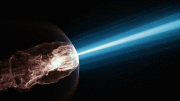
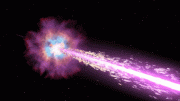
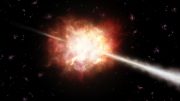
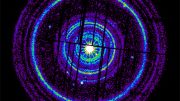
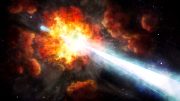
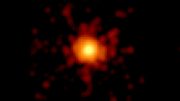
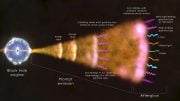
Be the first to comment on "Beyond Visible Light: Unraveling the Secrets of Gamma-Ray Bursts"